1. The Boston “Big Dig” Tunnel Project
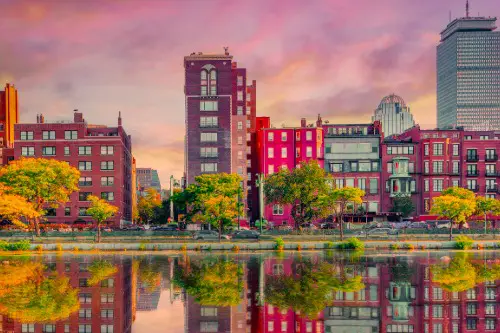
Boston’s infamous Big Dig project, aimed at rerouting the city’s main highway underground, is a textbook case of a project built in the wrong place. The plan was supposed to ease traffic congestion and improve the city’s urban landscape, Mass.gov explains. However, things went wrong when engineers realized that parts of the tunnel were built under unstable soil and were constantly at risk of flooding. To make matters worse, construction delays and budget overruns ballooned the cost of the project, ultimately making it one of the most expensive urban infrastructure projects in U.S. history.
On top of that, the Big Dig caused a lot of frustration among local residents and commuters. Even after it was completed, the tunnel faced ongoing maintenance issues. In fact, many believe that the project might have been more successful if planners had chosen a different route or used different materials. Though it’s an iconic example of urban planning gone wrong, the Big Dig still stands as a testament to the unexpected consequences of building in the wrong place.
2. San Francisco’s Tenderloin District and the Highway Construction
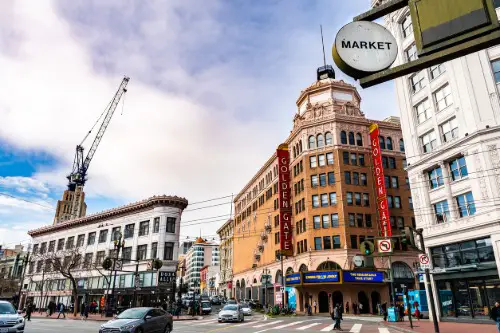
In the 1960s, the city of San Francisco decided to build a massive freeway through the Tenderloin District to improve transportation. Unfortunately, this decision left a permanent mark on the area, which was already one of the most historically significant neighborhoods in the city, CBS News reports. The freeway construction led to the destruction of hundreds of homes, businesses, and entire cultural hubs. Locals were displaced, and the project contributed to the worsening of the area’s poverty and crime rates.
Though the highway was intended to alleviate traffic congestion, it ended up dividing communities and hurting the city’s urban fabric. Over time, urban planners realized that the project was a major failure and began to rethink how to integrate infrastructure and communities. In the years that followed, there were numerous attempts to either remove or replace the freeway. This serves as a cautionary tale about how poorly planned infrastructure projects can change a city’s character for the worse.
3. Chicago’s “Cursed” State Street Subway Line
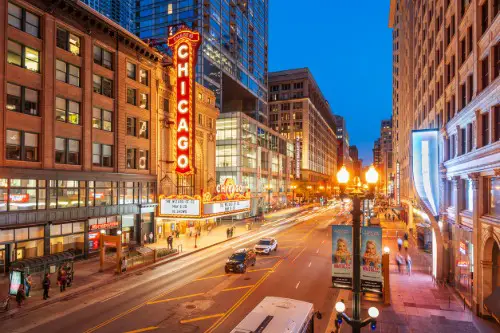
Chicago’s State Street Subway, which opened in 1943, was supposed to streamline downtown travel. However, the project quickly ran into problems, primarily because it was built beneath a heavily trafficked commercial street. It wasn’t long before the subway tunnel started to suffer from water leakage, which caused significant damage to the surrounding buildings. Many residents felt that the location of the subway was a mistake, as it caused disruptions and created a constant need for expensive repairs.
The trouble with the subway didn’t stop there. Over the years, the tunnel was blamed for causing structural damage to some of Chicago’s iconic buildings above it. To make matters worse, the project was plagued with design flaws and budget overruns, which only added to the city’s frustration. The subway system ended up being considered a “cursed” project by many locals, and it took years of costly fixes to make it more reliable, Chicago L Org. explains.
4. The Atlanta “Downtown Connector” Highway
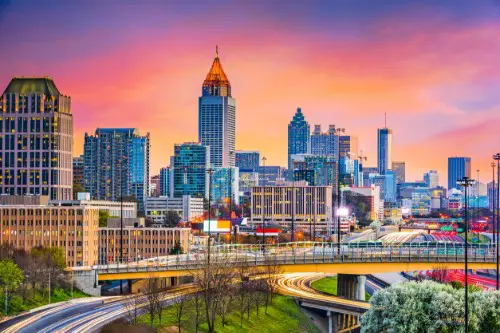
Atlanta’s Downtown Connector, a series of highways running through the city’s core, was built in the mid-20th century to help traffic flow through downtown. The problem? The highways were constructed without much consideration for the neighborhoods they cut through. The Downtown Connector ended up tearing through vibrant communities, displacing hundreds of families and businesses. This severing of communities left lasting social and economic scars on parts of the city that never fully recovered.
Not only did the highways cause urban sprawl, but they also contributed to increased traffic congestion, rather than alleviating it. Over the years, there have been calls to either remove or reconfigure parts of the Downtown Connector, CNU reports, but the highways remain a contentious part of Atlanta’s urban landscape.
5. Washington, D.C.’s Lost Highway Plan
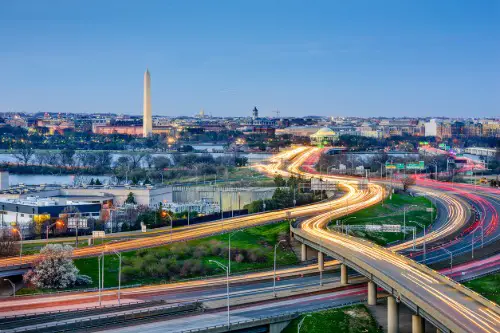
In the early 20th century, Washington, D.C., had an ambitious plan to build a highway that would connect the city to nearby suburbs. However, the highway was poorly planned and ended up running right through several historic districts, according to Washingtonian. It was supposed to make commuting easier, but instead, it led to the destruction of countless cultural landmarks and historic buildings. Local residents felt that the project ruined the city’s aesthetic charm and cut through neighborhoods in a way that was damaging both socially and economically.
Eventually, the plan to expand the highway was scrapped due to public backlash and a growing movement to preserve historic sites. The city learned an important lesson about urban development: infrastructure shouldn’t come at the cost of cultural heritage. Despite the failed plan, it did inspire a shift in how future projects would be handled, with a focus on community impact and historical preservation. In hindsight, it’s clear that building this highway in the wrong place created more problems than it solved.
6. New York City’s Brooklyn Battery Tunnel
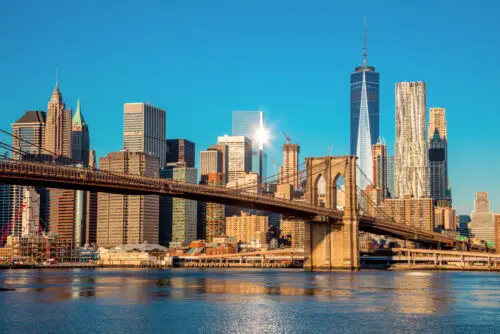
New York City’s Brooklyn Battery Tunnel, now known as the Hugh L. Carey Tunnel, was supposed to be an improvement to ease the commute between Manhattan and Brooklyn. But its location turned out to be far from ideal. The tunnel was built beneath a section of the East River that was constantly affected by tidal shifts and flooding. This led to frequent water leaks into the tunnel, resulting in ongoing repair costs and dangerous conditions for commuters.
Additionally, the tunnel was designed with a limited capacity, meaning that traffic quickly became congested again. In an effort to fix this, the city later had to increase the tunnel’s capacity, which added even more to the cost of the project. The Brooklyn Battery Tunnel was meant to be a solution to traffic problems but ended up being just one of many costly infrastructure issues New York would face over the years. The tunnel’s location and design proved to be a challenge for the city’s engineers.
7. The San Diego-Coronado Bay Bridge Controversy
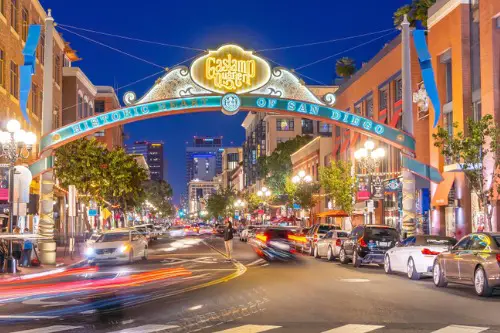
The San Diego-Coronado Bay Bridge was built to connect the city of San Diego with the Coronado Peninsula. While the idea seemed sound on paper, the bridge’s design and placement have been the subject of controversy since its completion in 1969. The problem arose because the bridge’s central span was built with a relatively low clearance for large ships. This means that, over time, ships with taller masts started having difficulty passing under it, creating a logistical nightmare for both the military and commercial shipping industries.
To fix the issue, changes had to be made to the bridge’s clearance height. However, these changes didn’t come without significant cost and inconvenience. The placement and initial design of the bridge led to ongoing problems for the city, as it forced planners to think about how to balance infrastructure needs with maritime commerce. The bridge is still in use today, but its original design flaws serve as a reminder of the importance of considering all aspects of urban development.
8. Houston’s Pedestrian Walkways That Went Nowhere
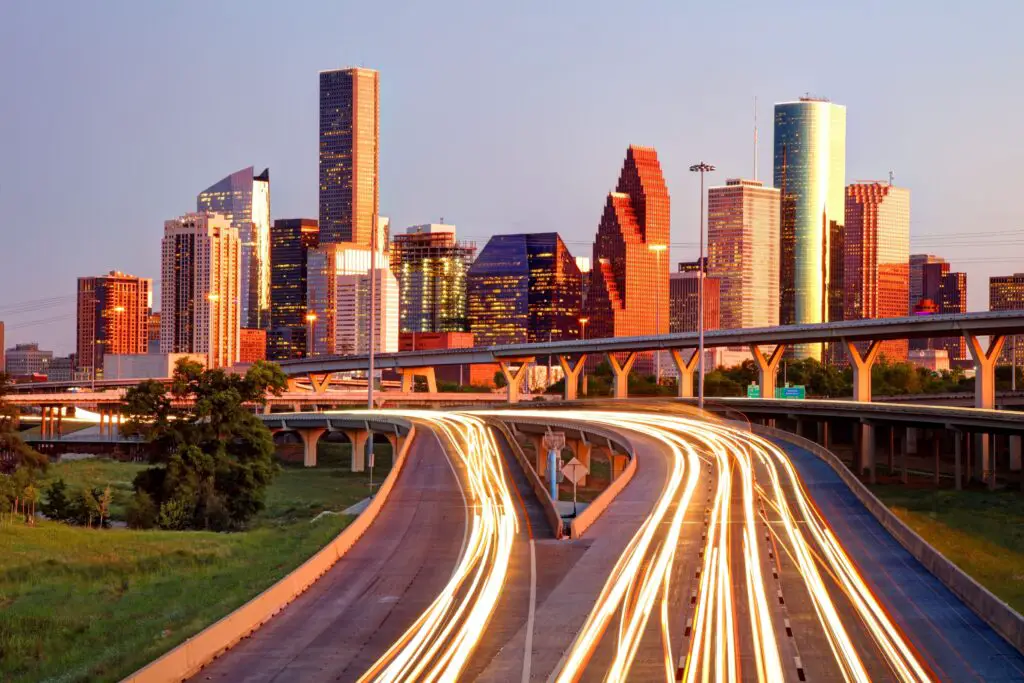
Houston is a city famous for its sprawling highways and car-centric infrastructure. In the 1970s, the city began building an extensive network of elevated pedestrian walkways to encourage walking in the downtown area. However, the walkways ended up connecting buildings that had little pedestrian traffic or destinations, making them mostly useless. This urban misstep led to a disjointed feel in the city, where people were left wandering above the streets with no place to go.
What should have been an accessible solution for downtown pedestrians turned into an awkward and underused feature of the city. Over time, city officials had to rethink the walkways’ effectiveness, eventually opting for a redesign that integrated better pedestrian access at street level. The project wasn’t entirely a failure, but it showcased how misplaced priorities and a lack of research can lead to underwhelming outcomes. Today, the walkways are still in place but are less of a central feature than originally envisioned.
9. Detroit’s “People Mover” Light Rail System
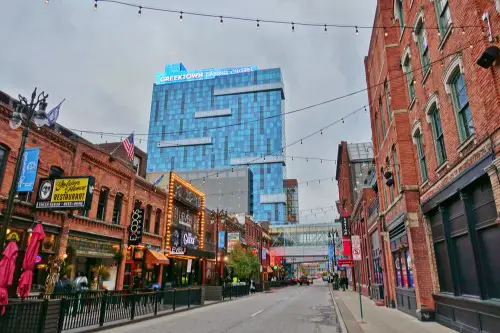
Detroit’s People Mover, a light rail system that opened in 1987, was meant to revitalize the city’s downtown area and encourage public transit use. The issue? The system was built on an elevated track that only served a small part of the city, leaving many areas disconnected. This made the People Mover inefficient for anyone trying to navigate outside of the limited route, and ridership was much lower than expected. The decision to focus on a small area rather than a broader network ultimately doomed the system’s success.
Although the People Mover is still in operation today, it has failed to live up to its initial promises. The investment made into this system could have been better spent expanding public transit options across the city. The People Mover is a prime example of how building something in the wrong place, without a broader vision, can result in wasted resources. Its limited scope left many people frustrated, ultimately making it more of a symbolic project than a practical solution.
10. The Overzealous Minneapolis “Skyway” System
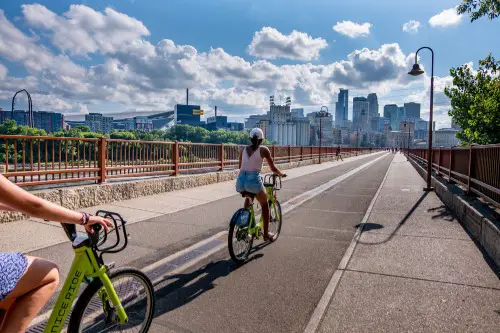
Minneapolis is known for its massive Skyway System, a network of enclosed pedestrian bridges that connect buildings downtown. While it was initially designed to make the city more walkable in the winter months, the Skyway grew so large that it created problems. The sheer size and complexity of the Skyways ended up creating a situation where pedestrians could easily get lost or disoriented, leading to confusion among locals and tourists alike. What started as a practical solution ended up feeling like an urban maze.
The Skyway System also had unintended economic consequences, as it reduced foot traffic on the city’s street level. Many business owners were frustrated that people no longer walked by their storefronts, opting instead to stay above ground in the connected network. The Skyways may have been built with good intentions, but their placement and expansion led to unexpected disruptions to the city’s flow. It’s a unique example of how good intentions can sometimes lead to a “too much of a good thing” situation.
11. The New Orleans “I-10 Split” Disaster
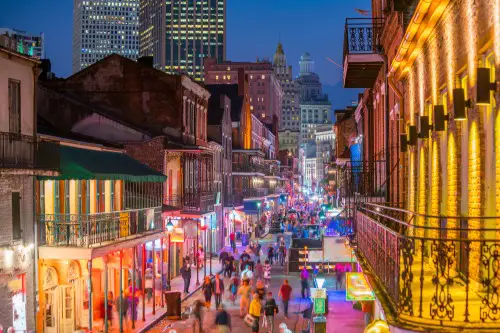
The I-10 Split in New Orleans was originally intended to improve traffic flow through the city, but its placement has been the source of ongoing frustration. Built in the early 1960s, the highway was designed to create better connections between downtown and the suburbs. However, the placement of the freeway in such a dense and residential area led to a severing of communities. The project caused displacement, tore through established neighborhoods, and contributed to racial and economic divides.
Not only did the construction damage communities, but it also created traffic bottlenecks in some areas because of its awkward design. The I-10 Split serves as a reminder that major urban projects need to be carefully considered to ensure that they don’t negatively affect residents. Efforts to address the damage have been ongoing, but the scars left by the highway’s placement are still visible today. This project is a stark example of how a well-intended infrastructure plan can have disastrous long-term consequences when not carefully placed.
12. Los Angeles’ “Civic Center” That Was Never Civic
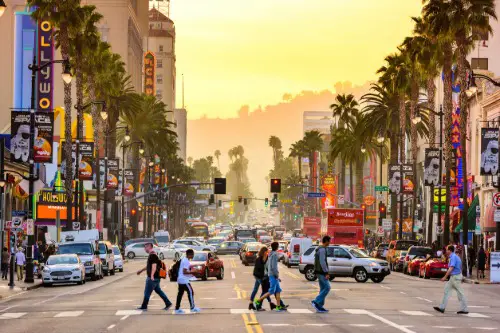
Los Angeles, with its iconic skyline and sprawling urban landscape, attempted to create a centralized “Civic Center” as a hub for city government buildings. The idea was to streamline government operations and make services more accessible to residents. However, the location chosen for the Civic Center ended up being less than ideal, as it was positioned on a site prone to seismic activity. Over time, the area became a hotspot for earthquakes, which made it an unreliable spot for such a critical hub.
As a result, city planners found themselves constantly having to reinforce the buildings in the Civic Center to avoid further damage. The decision to place the Civic Center on such unstable land has led to debates about whether a better location could have been chosen. Today, the Civic Center stands, but it serves as a cautionary tale about how even civic structures need to be built with careful consideration of their environment. The legacy of this misstep continues to shape how future developments are approached in Los Angeles.


